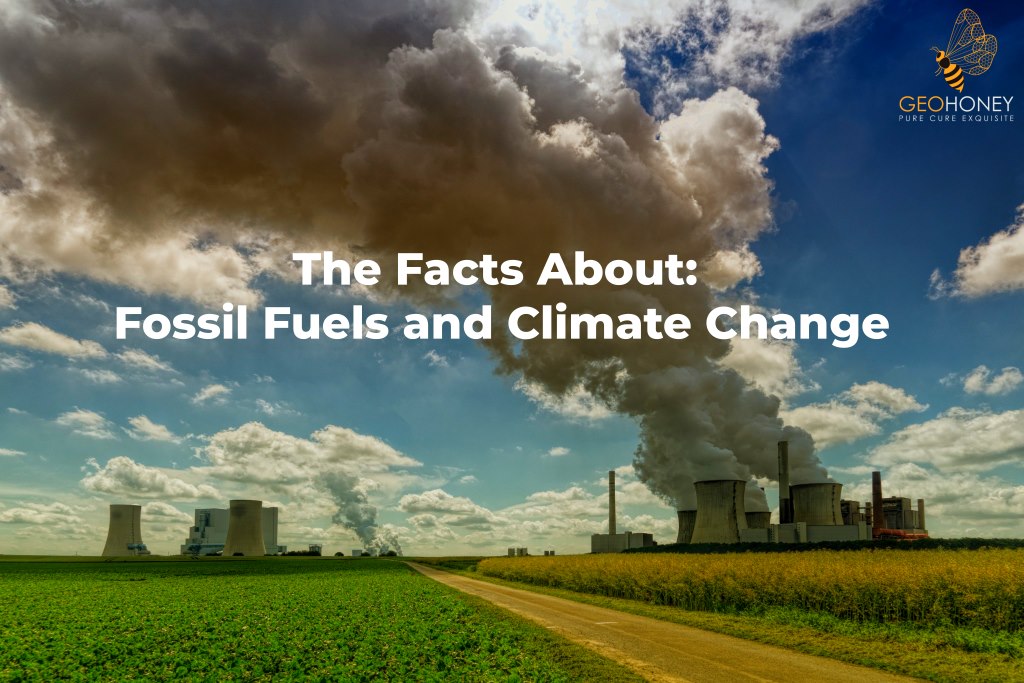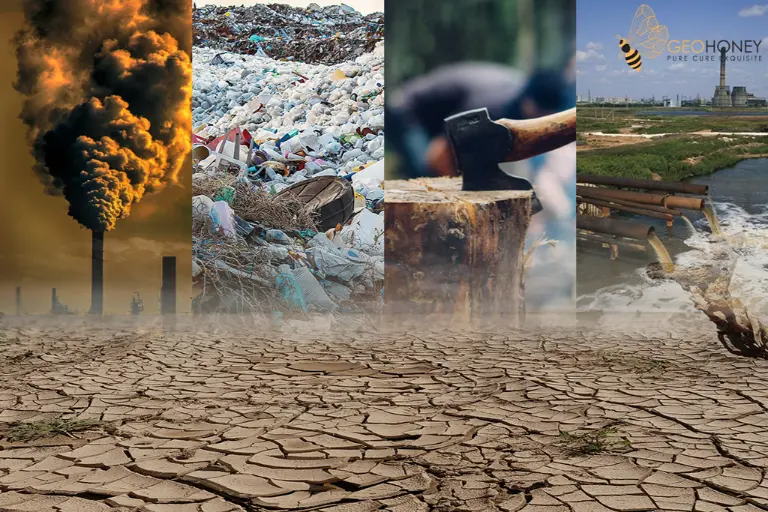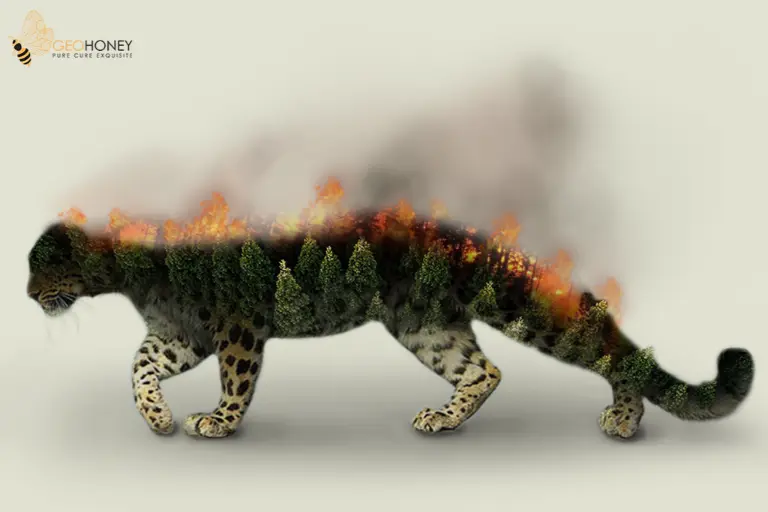- Tokyo: 06:59
- Singapore: 05:59
- Dubai: 01:59
- London: 21:59
- New York: 16:59
The Facts About Fossil Fuels and Climate Change

What exactly is the connection between fossil fuels and climate change?
When fossil fuels are burned, significant volumes of carbon dioxide, a greenhouse gas, are released into the atmosphere. Greenhouse gases trap heat in our atmosphere, which contributes to global warming. Already, the average global temperature has risen by 1 degree Celsius. Warming exceeding 1.5°C threatens additional sea-level rise, extreme weather, biodiversity loss, and species extinction, as well as food scarcity, worsened health, and poverty for millions of people throughout the world.
What exactly are fossil fuels?
The decay of buried carbon-based organisms that died millions of years ago produces fossil fuels. They produce carbon-rich deposits, which are mined and burned to generate energy. They are nonrenewable and currently provide around 80% of the world's energy. They are also employed in the production of plastic, steel, and a wide range of other items. Coal, oil, and gas are the three forms of fossil fuels.
What is the magnitude of the influence of fossil fuels on climate change and our planet?
According to the Intergovernmental Panel on Climate Change (IPCC), emissions from fossil fuels are the primary driver of global warming. In 2018, fossil fuels and industry accounted for 89% of worldwide CO2 emissions.
Coal is the dirtiest fossil fuel, accounting for more than 0.3C of the 1C increase in global average temperatures. As a result, it is the single most significant contributor to global temperature rise.
When burned, oil emits a massive amount of carbon, accounting for roughly one-third of total global carbon emissions. There have also been a number of oil spills in recent years, which have had a terrible influence on the environment of our oceans.
Natural gas is frequently advertised as a more environmentally friendly energy source than coal and oil. Natural gas, on the other hand, is still a fossil fuel that accounts for one-fifth of global carbon emissions.
Can we continue to use fossil fuels?
The IPCC says that if global warming is to be confined to 1.5°C above pre-industrial levels, fossil fuel emissions must be cut in half within 11 years.
The world's nations signed the Paris Agreement in 2015, pledging to cut carbon emissions. However, according to a new UN Environment Programme research, we are on course to create more than double the amount of coal, oil, and gas by 2030 than we can burn if we are to limit global warming to 1.5 degrees Celsius. As a result, extra work is required.
What role do fossil fuel firms have in our planet's future?
While scientists say we need a mass transition to renewable energy and efficiency, fossil fuel businesses continue to be major polluters, producing and selling fossil fuel goods. BP spent millions of dollars in 2019 on an advertising campaign touting its low-carbon energy and cleaner natural gas. While its advertising emphasised clean energy, more than 96% of BP's yearly spending is still on oil and gas. And it's not just BP; it's a problem that affects the entire industry.
As a result, in December 2019, we filed a complaint with the UK National Contact Point over BP's advertisements. We also initiated a campaign to prohibit fossil fuel advertising unless it includes a tobacco-style health warning. Because the public ought to be informed about all aspects of fossil fuels.
BP pulled their adverts in February 2020, and CEO Bernard Looney stated that they will not be reissued under the company's new policy vowing an end to "corporate reputation advertising." He also pledged that BP would use its advertising expenditures to advocate for progressive climate measures.
Source: clientearth.org




Carbon dioxide destroys the ozone layer, and the ozone layer protects us from the severe heat of the sun.